One of the many things that we are indoctrinated with at a very young age is to have milk daily so as to develop stronger bones. Being a rich source of calcium, milk is touted to be the secret to healthy and strong bones. But with more and more people adopting a plant-based diet and a vegan lifestyle, the need to look for alternative sources of calcium has become more vital than ever. Here are 5 non-dairy sources of calcium that you can include in your daily diet. Read along to know more!
5 Non-Dairy Sources of Calcium
Calcium keeps your bones dense and strong and your teeth healthy. It is also an essential nutrient that plays a vital role in blood clotting, helps muscles to contract, and regulates cardiovascular and neural health.
About 99% of the body’s calcium is stored in bones, and the remaining 1% is found in blood, muscle, and other tissues
The body obtains the calcium it requires in two ways. One way is by consuming foods or supplements that contain calcium, and the other is by withdrawing calcium from the body. The body will draw calcium from bones If one does not eat sufficient calcium-rich foods or supplements.
Most adults between the ages of 19 and 50 require 1,000 milligrams a day and women over 50 need nearly 1,200 milligrams per day. However, most women only get about 750 milligrams daily, leading to early bone loss and the development of bone degenerative diseases like osteoporosis.
For all these years, we have been told that milk is the richest source of this vital nutrient (with an average of 300 milligrams of calcium per 8-ounce glass). However, many people find it difficult to digest lactose or even proteins like casein and whey, leading to digestive issues. So if you are looking for rich sources of calcium, which are not milk and milk products, then here you go:
Green leafy vegetables:
The most healthful calcium sources are green leafy vegetables and cruciferous vegetables. So fill your plates with the likes of spinach, collard greens, kale, mustard greens, fenugreek leaves, broccoli, cabbage, Brussel’s sprouts, and the like. One cup of green leafy vegetables, say, for instance, kale can provide nearly 268 mg of calcium or approximately 21% of the amount that you need in a day. Many may argue that some green leafy vegetables like spinach have a high concentration of oxalates, which are naturally existing plant compounds that tie up with the calcium, diminishing its absorption. In such cases, go in for the type of green leafy vegetables that are low in oxalates, such as collard greens and kale, which can ensure better calcium absorption.
Beans and Lentils:
Adding a healthy mix of beans and lentils to your daily diet is the best thing you can do for your health and overall wellbeing. We all know they have the potential to reduce the risk of chronic diseases like heart diseases and diabetes by lowering LDL (bad) cholesterol and keeping the insulin levels in check. But apart from all this and being rich sources of fibre and protein, beans and lentils are good sources of calcium. Some of these beans and legumes that provide about 175 grams of calcium per cooked cup include chickpeas (9% RDI), black beans (11% RDI), navy beans (13% RDI), and lentils (4%), to name a few. Cannellini beans also contain as much as 62 mg of calcium per 100 grams, making them a rich source of calcium and a great alternative to milk.
Almonds and Other Nuts:
You may have been told to have soaked almonds first thing in the morning. Well, they are not just healthy fats that are rich in fibre, magnesium, and vitamin E, benefiting one’s digestive health, cognitive abilities, and dermatology, but also an incredible source of calcium. Almonds provide 97 mg per 1/4 cup (35 grams), or about 10% of the RDI, as per the U.S. Department of Agriculture (USDA). Other nuts like Brazil nuts (6% of the RDI per 1/4 cup (35 grams)), pistachio, walnuts, hazelnut, and macadamia nuts are also good sources of calcium.
Soybean and Soy Foods:
Soybean and soy foods are probably the most popular alternative source of calcium in the vegan community. A 100 gram of soybeans provides 239 mg of dietary calcium. Other products like edamame and foods made out of soybeans like tofu, soy milk, and soy nuggets are also good sources of calcium. Tofu prepared with calcium phosphate contains 350 mg per 3.5 ounces or 100 grams.
Whole Grains:
While whole grains are usually considered to be rich sources of dietary fibre, some gluten-free grains like amaranth, ragi, and teff (to name a few), are sought-after sources of calcium. Amaranth, ragi, and teff provide around 12% of the RDI per 250 grams, as per the data provided by the U.S Department of Agriculture (USDA). Apart from being a rich source of calcium, whole grains are also rich sources of iron, folate, selenium, potassium, and magnesium. They are also known to keep blood sugar levels in check, warding off the risk of developing diabetes in the long run.
Are There Any Wellbeing Nutrition Products Rich In Calcium?
Wellbeing Nutrition is known for innovative, completely safe, scientifically proven, natural, and plant-based nutritional supplements that keep you healthy inside-out and the ones you can trust. If you’re looking for supplements that can help cater to your growing calcium needs, then we have two supplements that will help do that - Multi For Him and Multi For Her 50+.
Multivitamins for Him are scientifically-developed delayed-release capsules for men that can be consumed by those between the ages of 18 and 49 to help fill nutrient gaps in your diet. These multivitamin capsules for men combine the most powerful nutriscience with fast absorbing MCT oil from coconut and slow-release plant-based multivitamin beadlets containing caffeine & ginseng. These are the perfect supplement for men as they contain essential vitamins like B-complex vitamins, vitamin A, vitamin C, vitamin D, calcium, zinc, magnesium & omega-3 to prevent deficiencies, boost energy, support a healthy heart, improve bone health, regulate hormones, and help maintain overall optimum health.
On the other hand, Multi For Her 50+ scientifically-developed multivitamins for women post the age of 50. Women’s bodies change after menopause and that is when their nutritional requirements will alter as well. Women over 50 need critical vitamins, minerals, and other nutrients, including calcium, vitamin A, D, E, K, B-complex, Omega-3s, magnesium, sodium, and potassium to support healthy aging and prevent nutritional deficiencies. Calcium deficiency is extremely common in 50+ women due to estrogen deficiency.
Multi For Her 50+ are delayed-release capsules that provide them with nutrients to support healthy aging from within. These multivitamin capsules for women combine the most powerful nutriscience with fast-absorbing flaxseed oil and slow-release plant-based multivitamin beadlets containing astaxanthin and vegan omega. So what are you waiting for? Get yourselves these multivitamins now to take better care of yourself from within!
References:
Datta M, Schwartz GG. Calcium and vitamin D supplementation and loss of bone mineral density in women undergoing breast cancer therapy. Crit Rev Oncol Hematol. 2013 Dec;88(3):613-24. doi: 10.1016/j.critrevonc.2013.07.002. Epub 2013 Aug 7. PMID: 23932583; PMCID: PMC3844003. (https://www.ncbi.nlm.nih.gov/pmc/articles/PMC3844003/)
Collards, cooked, boiled, drained, without salt, Food Data Central. https://fdc.nal.usda.gov/fdc-app.html#/food-details/170407/nutrients
Mitchell T, Kumar P, Reddy T, Wood KD, Knight J, Assimos DG, Holmes RP. Dietary oxalate and kidney stone formation. Am J Physiol Renal Physiol. 2019 Mar 1;316(3):F409-F413. doi: 10.1152/ajprenal.00373.2018. Epub 2018 Dec 19. PMID: 30566003; PMCID: PMC6459305. (https://www.ncbi.nlm.nih.gov/pmc/articles/PMC6459305/)
Polak R, Phillips EM, Campbell A. Legumes: Health Benefits and Culinary Approaches to Increase Intake. Clin Diabetes. 2015 Oct;33(4):198-205. doi: 10.2337/diaclin.33.4.198. PMID: 26487796; PMCID: PMC4608274. (https://www.ncbi.nlm.nih.gov/pmc/articles/PMC4608274/)
Messina V. Nutritional and health benefits of dried beans. Am J Clin Nutr. 2014 Jul;100 Suppl 1:437S-42S. doi: 10.3945/ajcn.113.071472. Epub 2014 May 28. PMID: 24871476. (https://pubmed.ncbi.nlm.nih.gov/24871476/)
The United States of Department of Agriculture (https://ndb.nal.usda.gov/ndb/)
Institute of Medicine (US) Committee to Review Dietary Reference Intakes for Vitamin D and Calcium; Ross AC, Taylor CL, Yaktine AL, et al., editors. Dietary Reference Intakes for Calcium and Vitamin D. Washington (DC): National Academies Press (US); 2011. 2, Overview of Calcium. Available from: https://www.ncbi.nlm.nih.gov/books/NBK56060/
Rizzo G, Baroni L. Soy, Soy Foods and Their Role in Vegetarian Diets. Nutrients. 2018 Jan 5;10(1):43. doi: 10.3390/nu10010043. PMID: 29304010; PMCID: PMC5793271. (https://www.ncbi.nlm.nih.gov/pmc/articles/PMC5793271/)
https://ndb.nal.usda.gov/ndb/












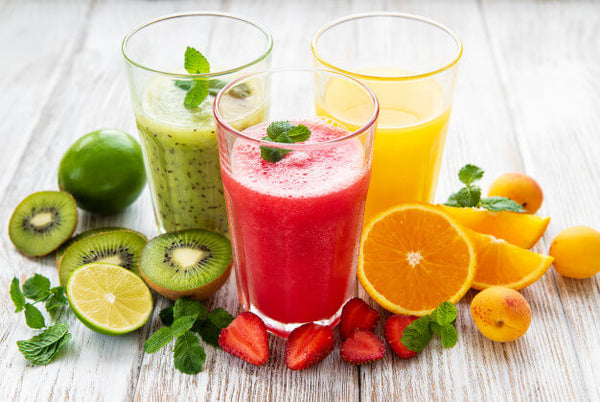



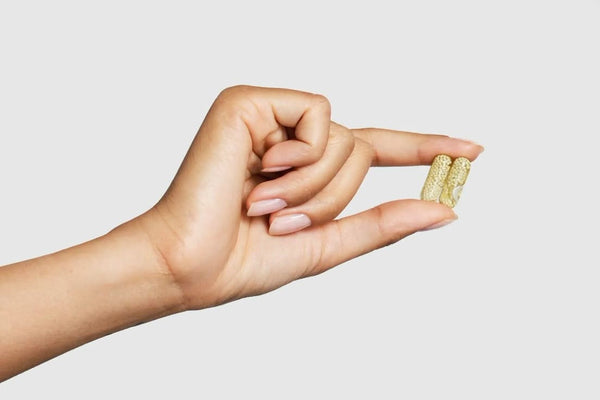
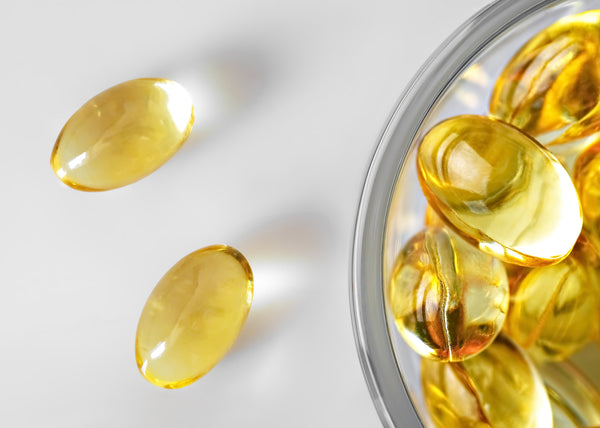
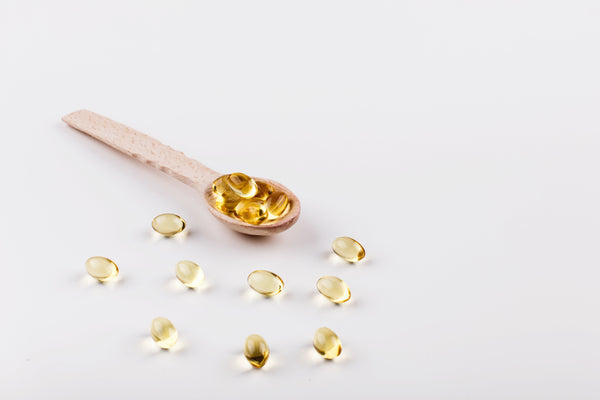
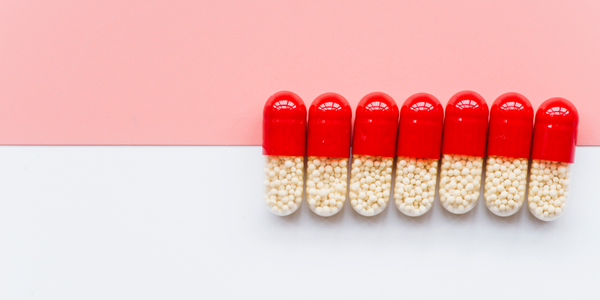







 DOWNLOAD NOW
DOWNLOAD NOW
